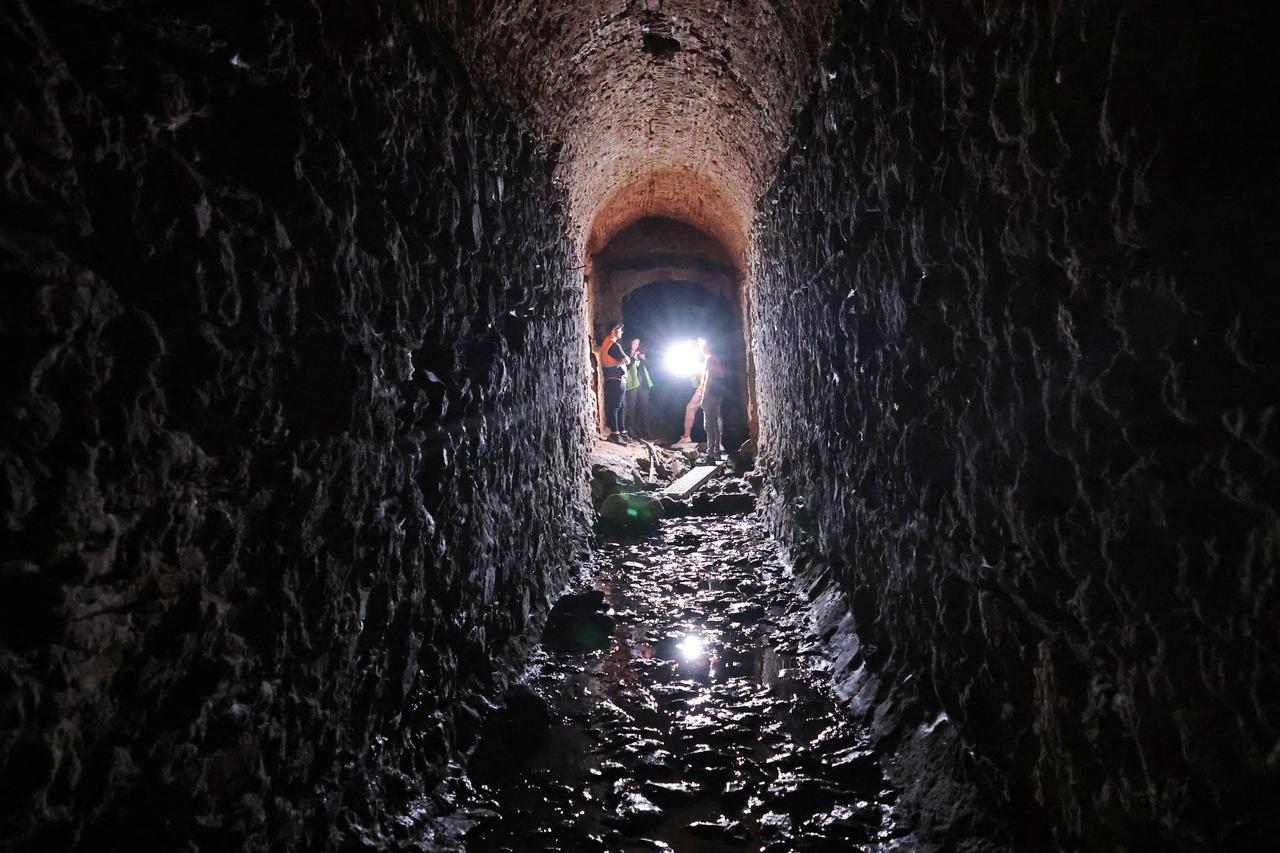
A court-appointed expert report has warned that the planned Canal Istanbul project poses a risk to at least 25 cultural and historical heritage sites, including the prehistoric Yarimburgaz Cave, Roman-era water channels, and the Ottoman-era Terkos water system.
The 400-page report, submitted to the Council of State’s 4th Chamber, assessed the Environmental Impact Assessment (EIA) decision that approved ports, marinas, logistics centers, dredging works, and concrete plants connected to the canal. The panel, made up of 21 experts including 19 professors, concluded that the entire EIA was “not scientifically or technically valid.”
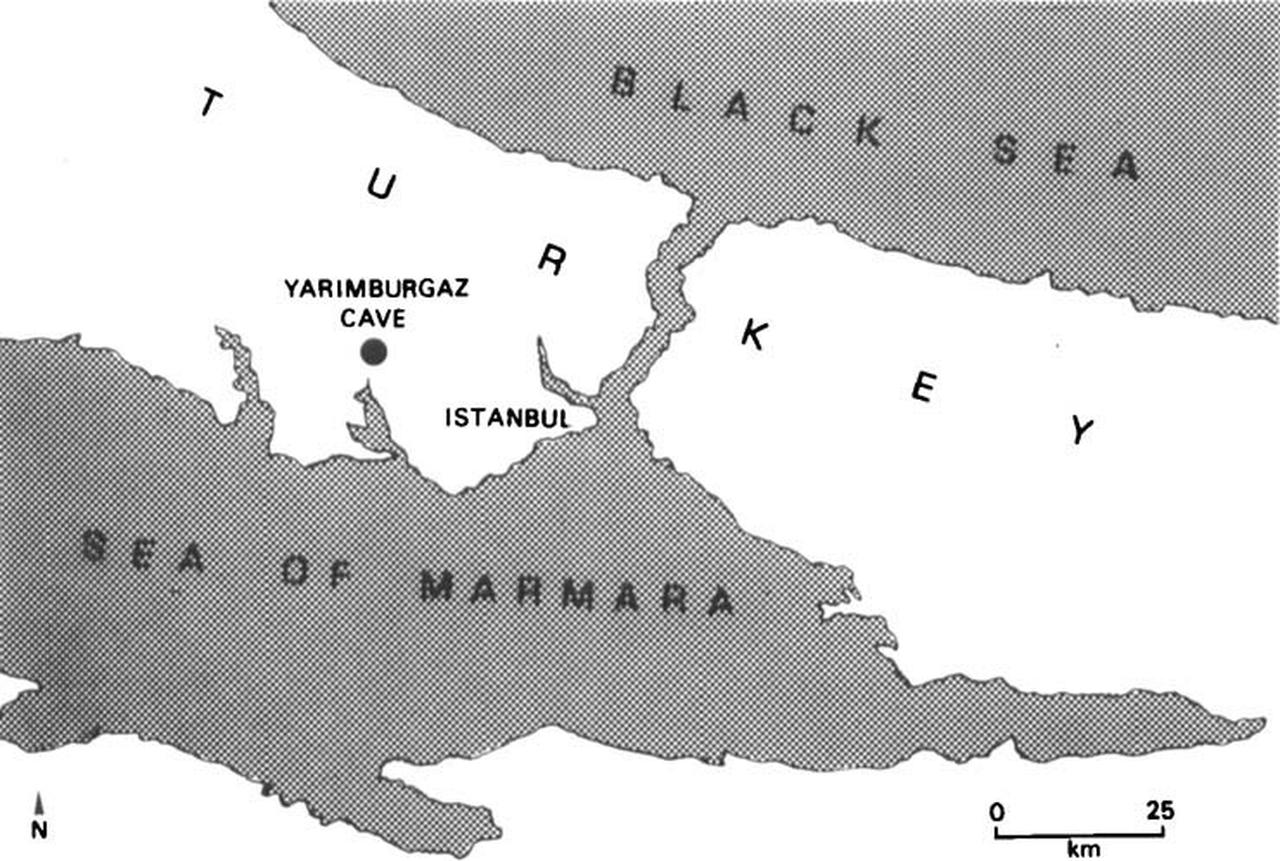
The experts emphasized that the canal route covers a wide spectrum of heritage, ranging from prehistoric settlements and caves to Ottoman and Republican military structures. These include ancient roads, water channels, farmhouses, bridges, industrial heritage, and coastal defenses.
The report noted that while registered monuments were listed, there was no comprehensive cultural heritage strategy that addressed the wider archaeological landscape.
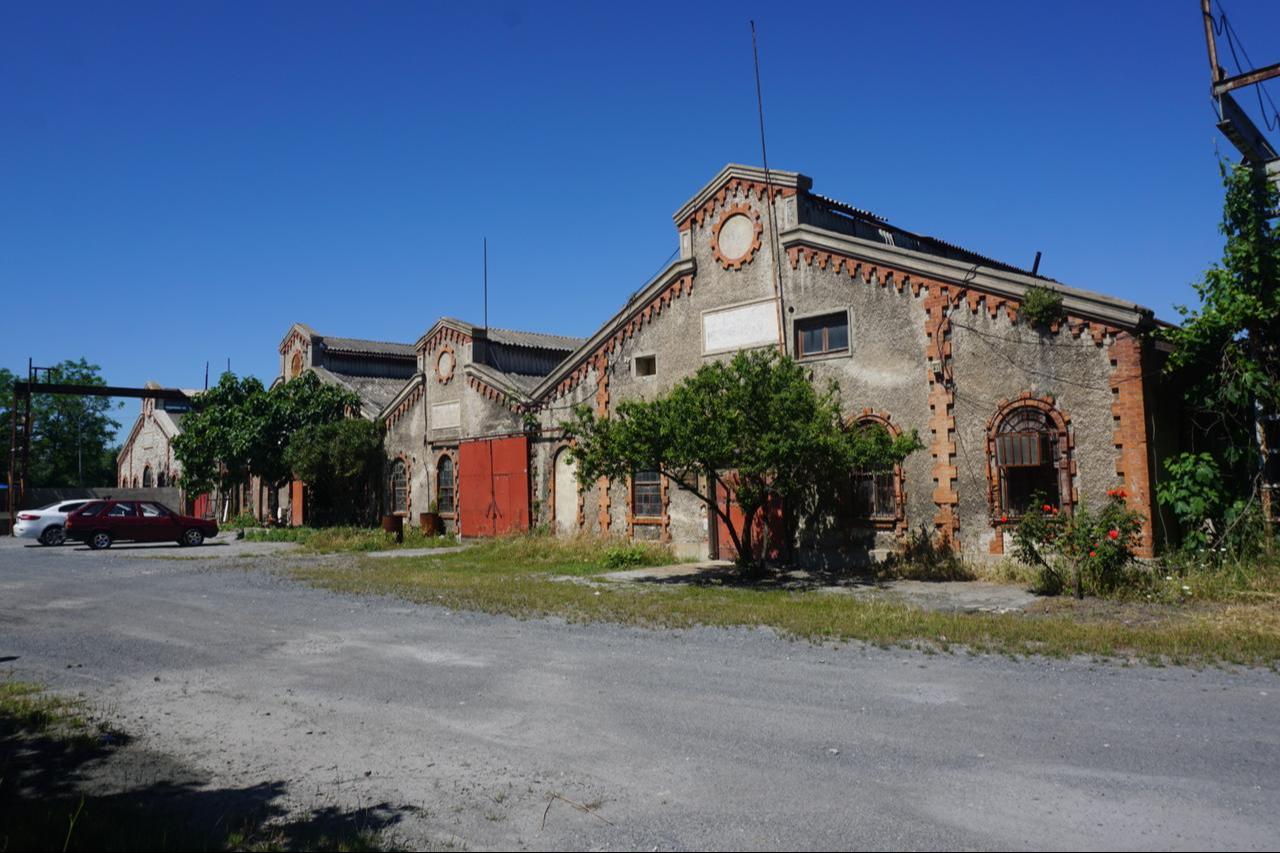
The report underlined that key Ottoman industrial heritage such as the Kucukcekmece Match Factory and the Terkos Pumping Station, both registered in the 1990s, were not even mentioned in the EIA archaeology report. Likewise, remains within Kucukcekmece Lake and possible underwater cultural heritage along the Black Sea coast were ignored.
According to the experts, the EIA provided no clear plan on how damage to archaeological remains would be prevented during surface stripping or excavation, and no protection strategy was offered for any cultural asset on the route. Instead, the report stated that decisions would simply be deferred to the regional Conservation Council.
The panel criticized the archaeological surveys as “unsafe and incomplete,” arguing that there was no reliable analysis to form the basis of heritage protection. The report highlighted that possible damage during blasting and excavation was not considered, while impact assessments for 25 identified cultural sites were based only on the size of structures rather than their archaeological or historical value.
Experts also pointed out the lack of a scientific conservation plan and the absence of alternative proposals that might reduce risks to heritage.
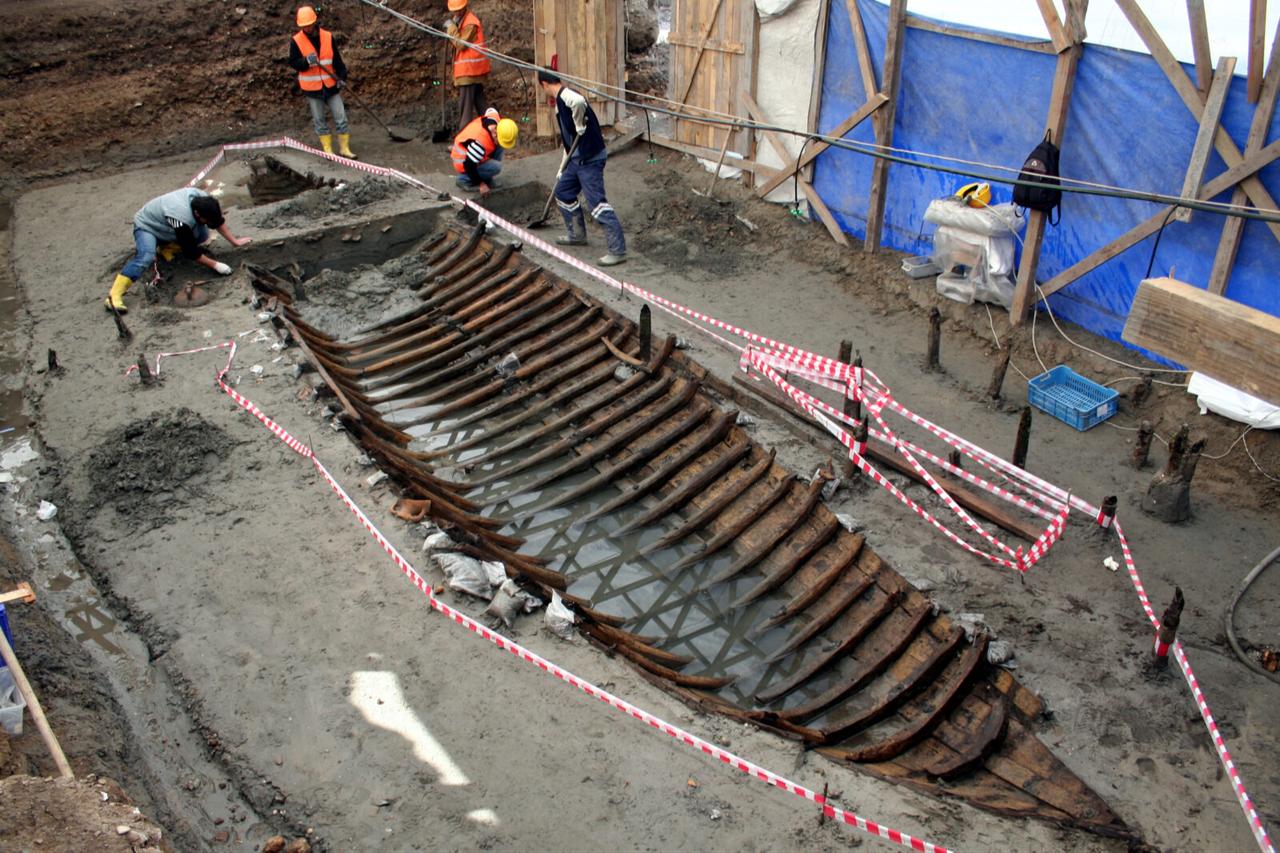
The report noted that the EIA did not address how unexpected discoveries would be handled during construction. It referred to the Yenikapi excavations, where metro construction was delayed for years after extensive archaeological remains were uncovered, warning that similar situations could occur in the canal project.
According to the report, the canal path also cuts through 119 military bunkers and tank positions, though only 50 were mapped in the archaeology annex. The chosen “A4” route was identified as the most damaging to cultural heritage, yet the EIA did not explain why it had been preferred.
Among the most vulnerable sites is Yarimburgaz Cave, considered one of the most significant prehistoric caves in Europe and a protected first-degree archaeological site. Also at risk are the Roman waterway and the Ottoman Terkos water system.
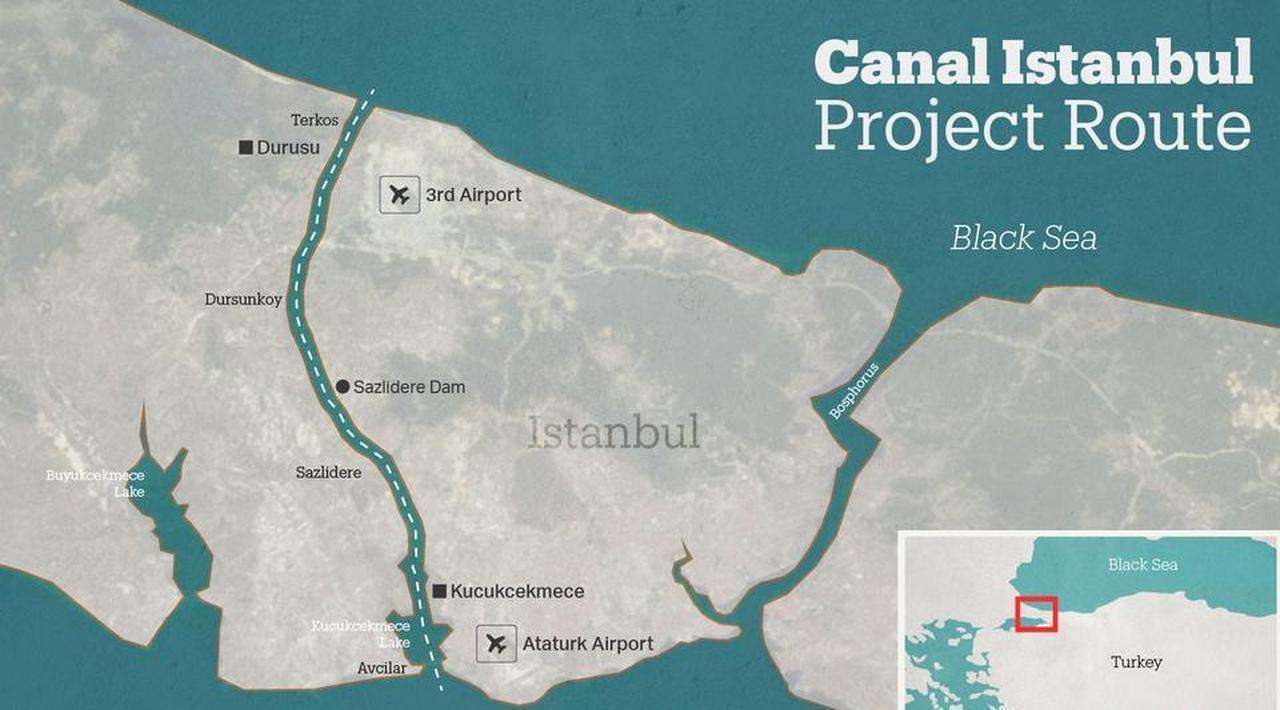
The EIA annex mentioned that 25 heritage sites would be affected and listed decisions to seek approval from the Conservation Council for work in their areas. For some structures, such as Roman bridges and Ottoman aqueducts, the annex suggested documentation and conservation “similar to other projects.” However, the experts stressed that this approach fell short of a true protection plan.
The report concluded that the EIA effectively allows for relocation of monuments if deemed necessary, noting: “It is understood that the artifacts will be moved if required.”